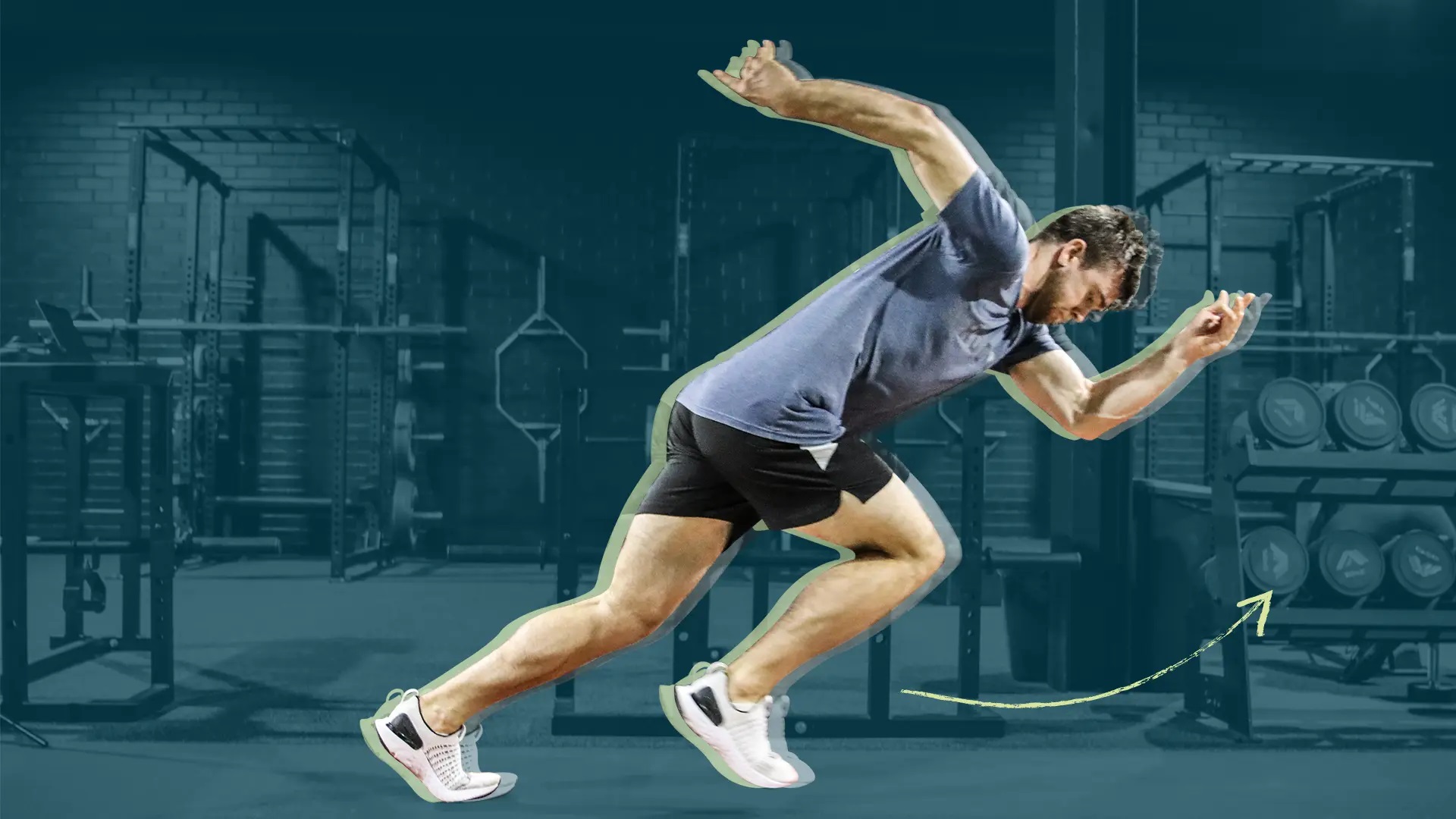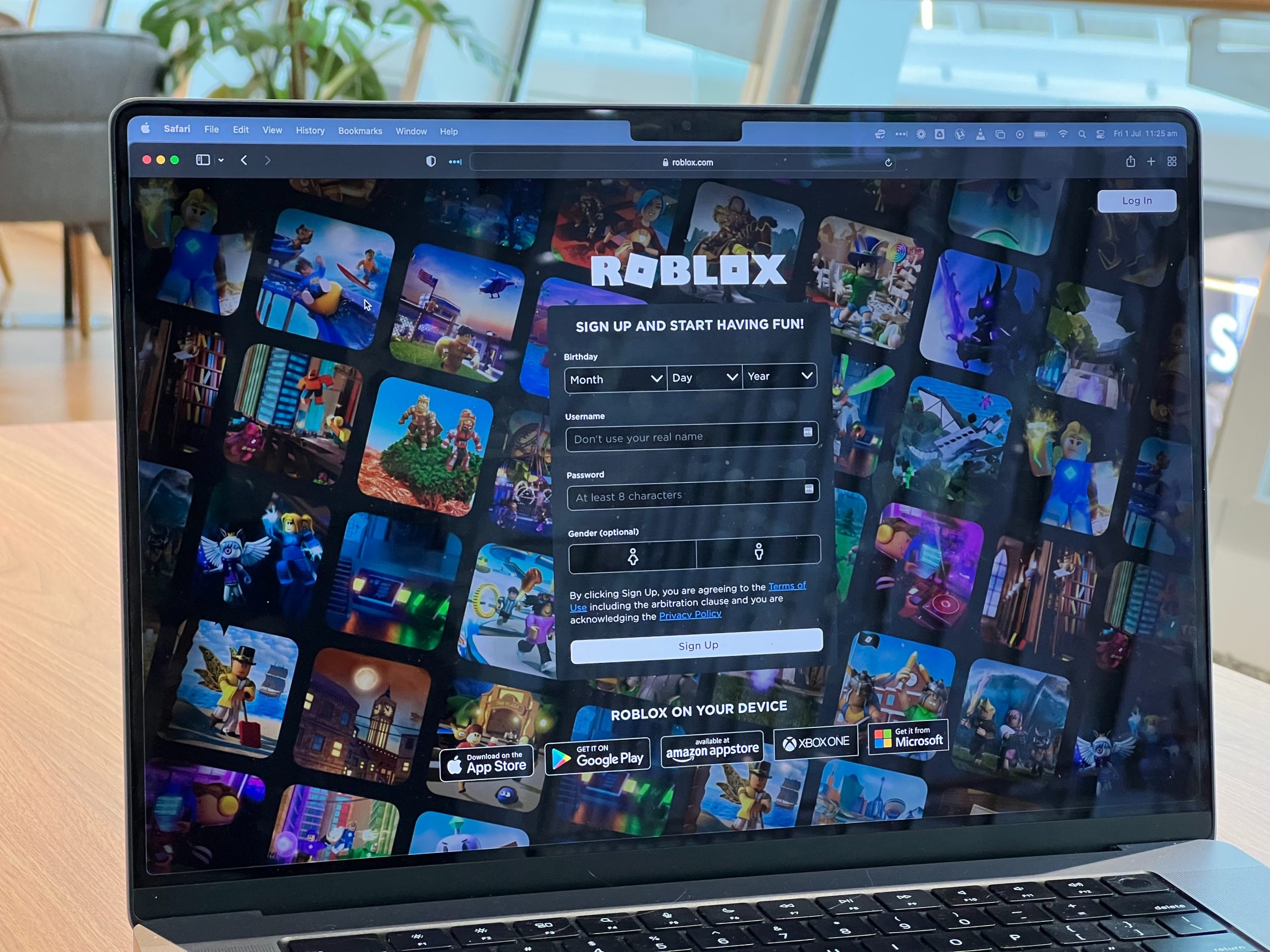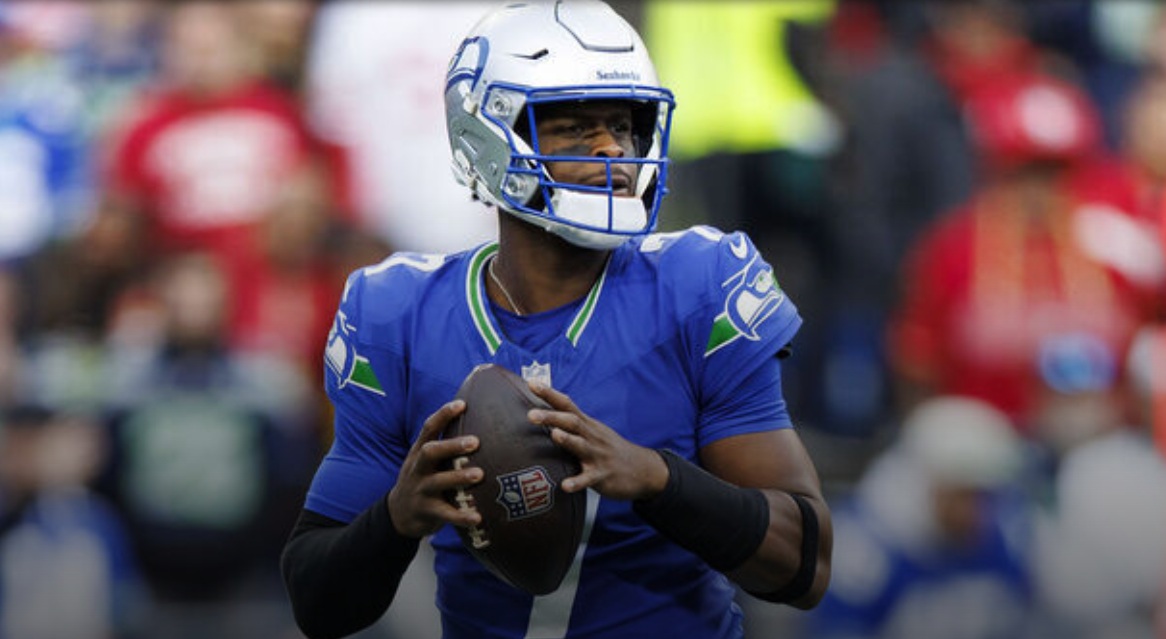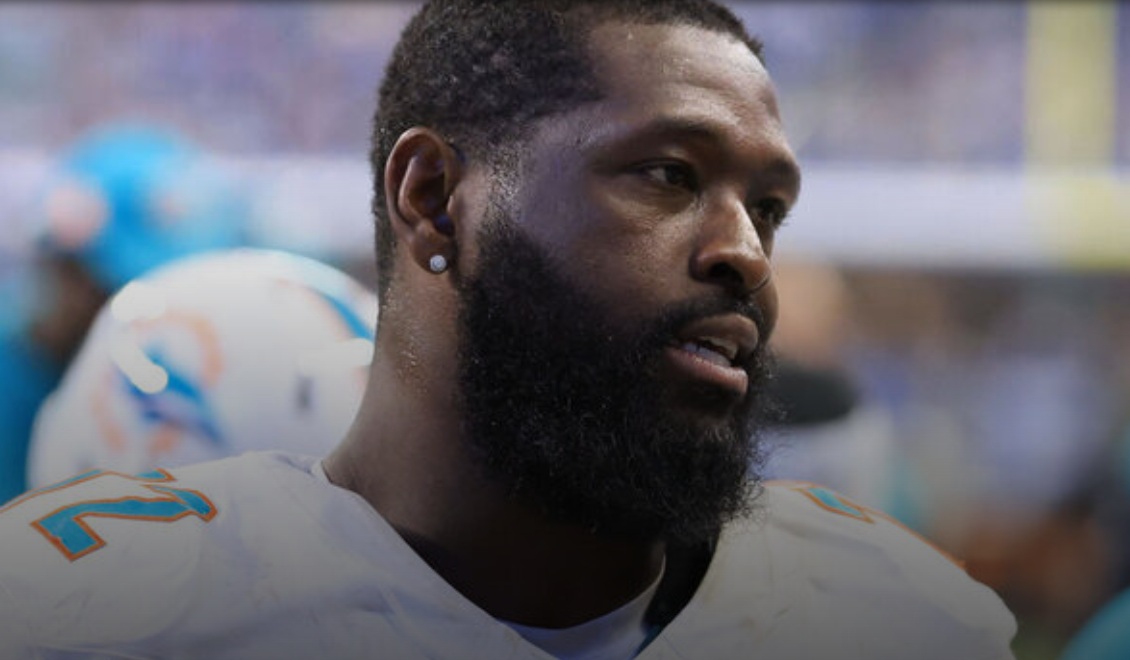When starting in fitness, we often hear stories that can only be described as half-truths or myths. This type of sports gossip can be helpful but also a hindrance in equal measure, so we are taking the time to outline and explain seven common myths in more detail.
Below, we have chosen seven common myths which are either wrong or partly right. The objective of this article is to help clarify the myth and provide you with some helpful tips for your sports fitness. Each example will give some feedback designed to help you.
One – You need to work out for hours to see results.
When you are new to fitness, visible change is almost immediate, so you should notice the change as long as you remember not to overeat because you are now more hungry. The most significant changes can be encouraged if you choose types of exercise using larger muscles or focus on affecting more muscles with your workout. Functional fitness is a brilliant way to use a more significant number of muscles efficiently, meaning you can work out for 45 minutes to an hour and see changes, proving that there is no need to work out for hours. So, this is a myth.
We spoke with Garath Sapstead, a Mirafit Athlete who commented:
“Overtraining syndrome” is a general term that explains a number of chemicals out of sync within your body. In terms we can all understand, this means masses of inflammation (via increased pro-inflammatory cytokines), reduced muscle protein synthesis and increased breakdown, depressed muscle glycogen levels (reducing energy and muscle pump from workouts) and decreased free testosterone coupled with increased cortisol. Some people also experience disrupted sleeping patterns when overtraining. All being said, this “environment” created through overtraining is a surefire way to put a stop on any dreams you have of building a significant amount of muscle tissue.” – As seen on The Fitness Maverick
Summary – Don’t over-train, or you will see no discernable muscle growth.
Two – You must do Cardio to burn fat
No, you do not need to do Cardio to burn fat and here’s why. Weights with high reps will provide amazing fat-burning benefits because of the energy/calories used for the movement and following recovery. If you are exercising to lose weight, the main thing to remember is that to lose weight, you must be operating in a caloric deficit. This means you will burn more calories than you typically consume. If you use a controlled and balanced diet, any exercise will benefit you. Of course, cardio can help burn fat, but it is not the only solution for fat burn, so this is a myth as it is not entirely true.
Three – Squats are bad for your knees
Yes, Squats can be bad for your knees if you lift too heavy too soon or extend beyond the typical joint movements. However, they are good for your joints, improving muscle and tendon strength, bone density, and functional fitness. If you lift correctly, Squats are an excellent exercise for your knees and can improve your fitness and general health as well as help with calorie burn.
Four – Running will make you fit
Running will make you fitter than the average Joe, but it will not automatically make you fit. Running focuses on the legs at the expense of other body parts, so you must remember to work different body parts like the chest, shoulders, stomach and back. Fitness is also relative to the individual; someone who can run a marathon might appear fit to someone else, but can they do 30 press-ups? The answer is probably not. For good all-over fitness, you must use all the major functional areas of your body and ensure an all-around training plan to ensure that you are not too dominant in some areas unless that is your goal.
Five – Stretching before a workout
So long as you ease into workouts, stretches are not critical. They are, however, helpful in helping you to avoid injury. As long as your exercise does not extend beyond typical functional movements, you can prevent needing to stretch. If you are over-extending yourself for exercise, we’d recommend stretching before your workout to minimise the chance of injury. This is especially true of explosive movements, where if you have not warmed the muscles, you might cause a tear. Many fitness teachers (especially in swimming land training) now recommend a warm-down rather than a warm-up. Favouring gentler exercises to ease the muscles in as you go and then a 10-15 min warm down to help take fatigued muscles a touch outside of their regular movements to encourage recovery and improved mobility.
Six – Eat more protein, excluding fat and carbs
This myth has some basis in truth. It is helpful to eat more protein as this is the foundation for building muscle. However, eating fats and carbs supports other essential functions. While modern lifestyles mean we eat more harmful fats than our ancestors, we should reduce them, not exclude them. Fats are helpful for energy, as are carbs. Fats also act as messengers to help proteins and our immune function. Mobilising fat to regulate energy is a primary function of fats for humans and animals. Increase your protein intake when you increase how active you are.
Seven – No pain, no gain
This is relative to you. Pain from exercise should be manageable and not excruciating. If it hurts too much, then reduce the amount you are doing and build up more slowly. Over-fatiguing muscles can lead to injury, and slow recovery means you are less likely to exercise regularly. In contrast, DOMs (Delayed Onset Muscle Soreness) are indeed part of pushing our physical development. You will need to identify what is comfortable for you. Gains can be achieved without pain, so this is technically a myth, but we remind you that everyone is different, and so is their recovery and the pain they might experience by overdoing it. When we use muscles for the first few times in a way that is more than normal it is crucial to take on protein and to hydrate. Hydration helps avoid pain.
What now?
Take this information in, and if any of the Gym Myths have misled you, then don’t worry; adjust your approaches and see how these changes help you. Fitness and results are different for everyone, so it is vital to ensure that you judge what is working for you. It is okay to change things up occasionally and test things out.
We remind you that you are helping your body stay fit and healthy by doing sport and fitness. You are also doing more than others and should be commended. It is good to be active, and if you are reading this article, you are focused on improvement and knowledge. Keep going, connect with others and enjoy keeping fit.
You can view the original article HERE.






























